Vriksha Valli is a new initiative located at CSMVS that will reintroduce visitors to India’s rich history and culture by using rare plants as live educational tools
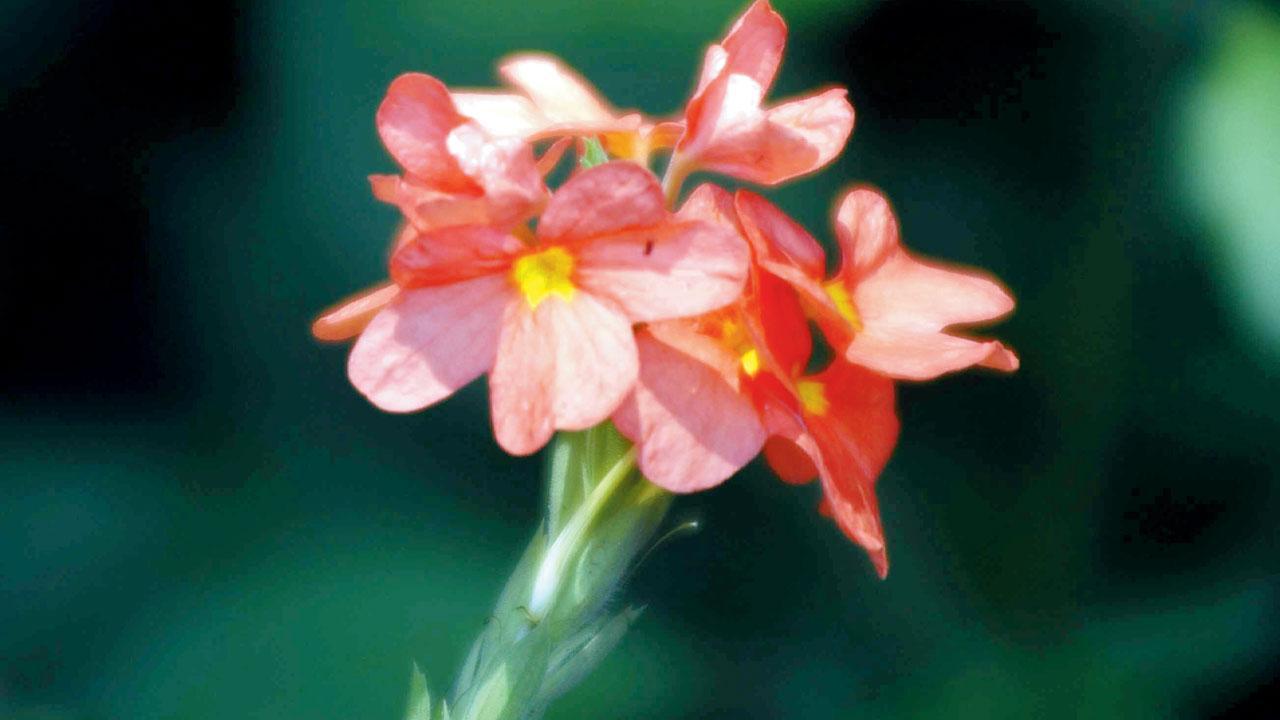
Flowers like firecrackers are installed in the butterfly garden to attract fauna, especially butterflies
Do you know how many species of plants can be found in the inlay of the Taj Mahal in Agra?” It is the first question that Kitayun Rustom, co-founder of CERE (Centre for Environmental Research and Education), asks us when we meet her at the Chhatrapati Shivaji Maharaj Vastu Sangrahalaya (CSMVS).
ADVERTISEMENT
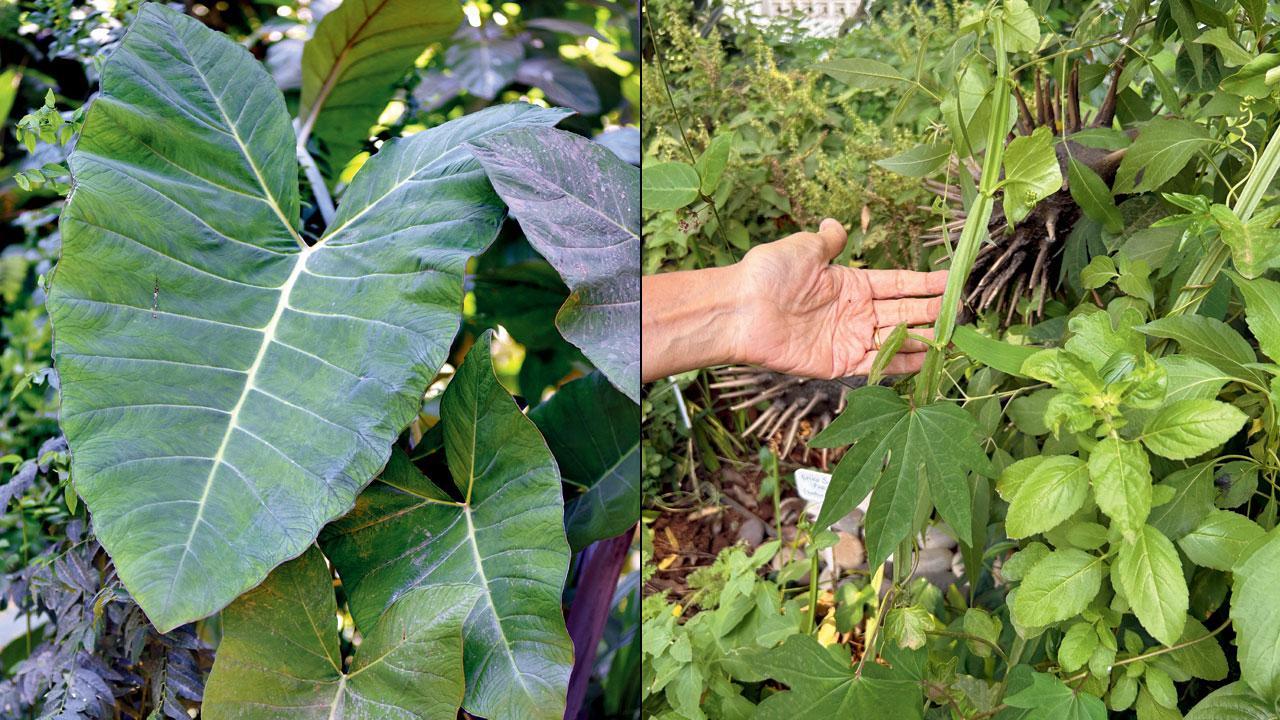
(Left) The gigantic Taro leaves are used to make the Gujarati delicacy, patra; (right) Hadjod, which looks like human joints, is used to heal fractures. It is known to reduce the pain and inflammation of joints
It is high noon but the harsh sun barely reaches us, thanks to the canopy of trees. Two cattle egrets take a walk on the adjoining heritage garden. “There are 46 species of plants here. Not many are aware of this,” she informs, adding, “History didn’t begin with humans, but with plants.”
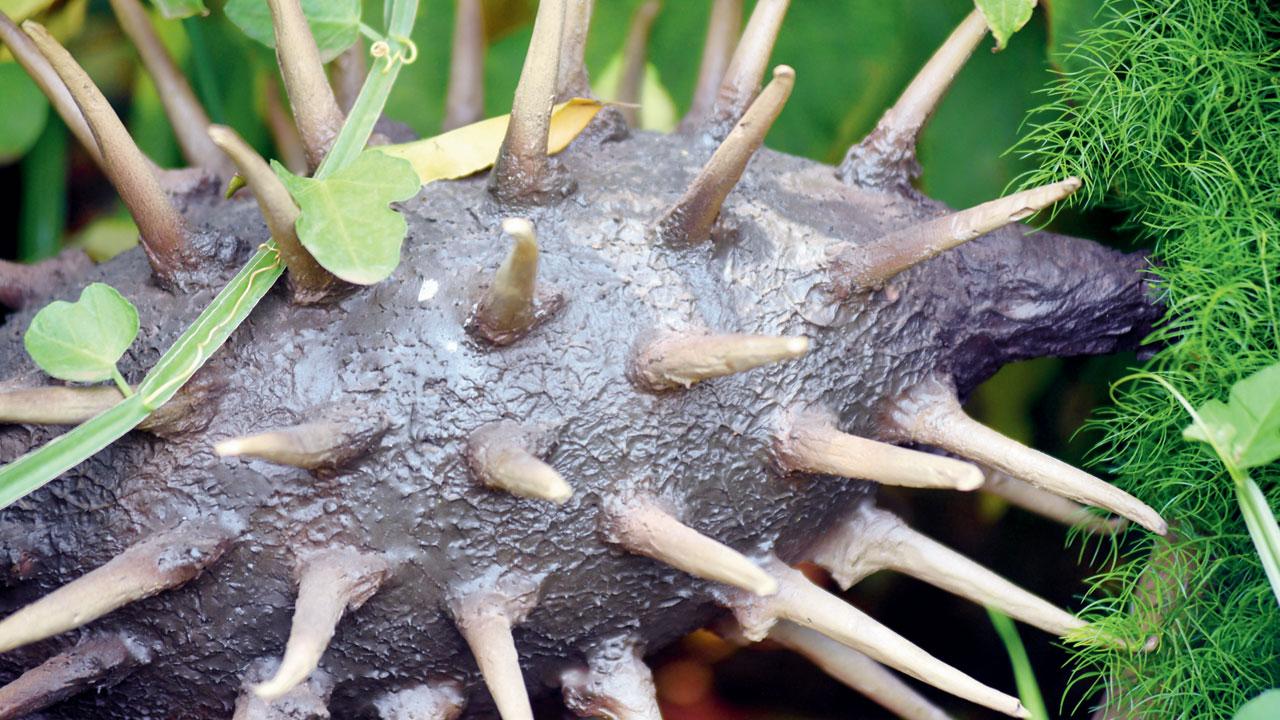
Life-size installations set up across the garden aim to educate visitors about the process and the importance of pollination
The Vriksha Valli is an addition to the green museum initiatives by CSMVS for which they have partnered with CERE and HT Parekh Foundation.
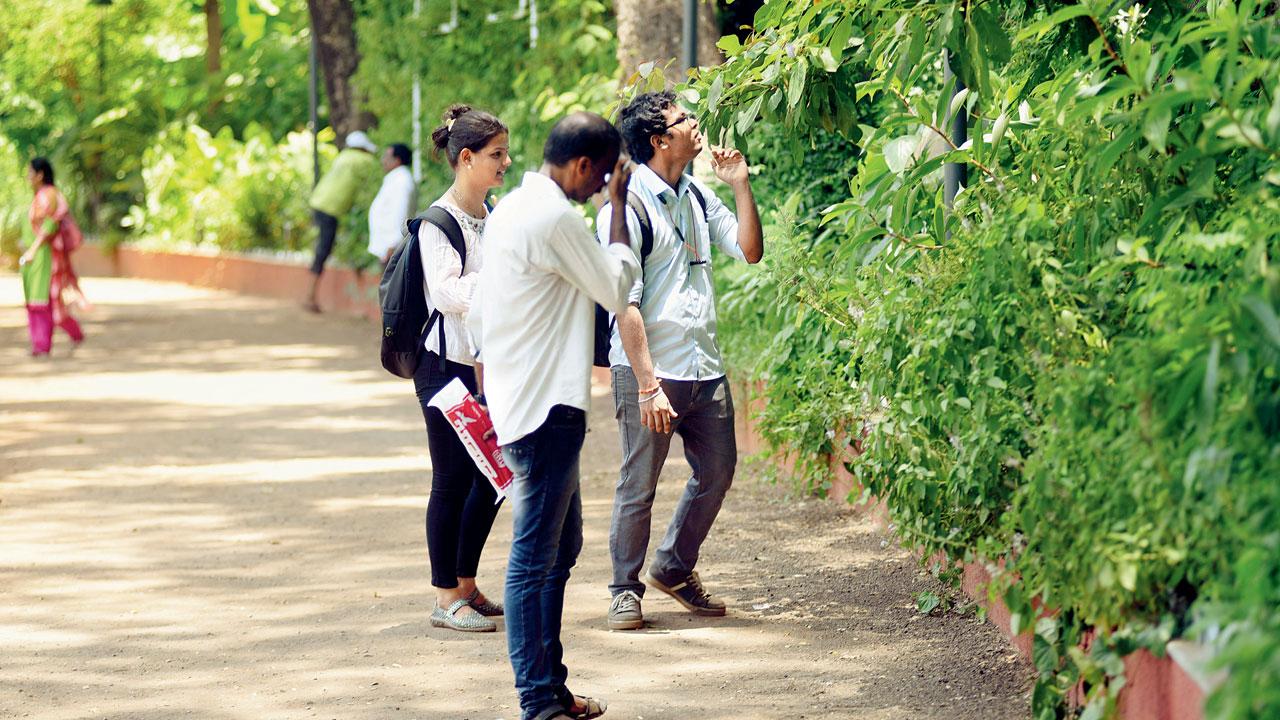
Visitors check out the biodiversity garden
This 400 square metre stretch of the biodiversity garden showcases over 200 species of plants, each backed by history or a purpose.
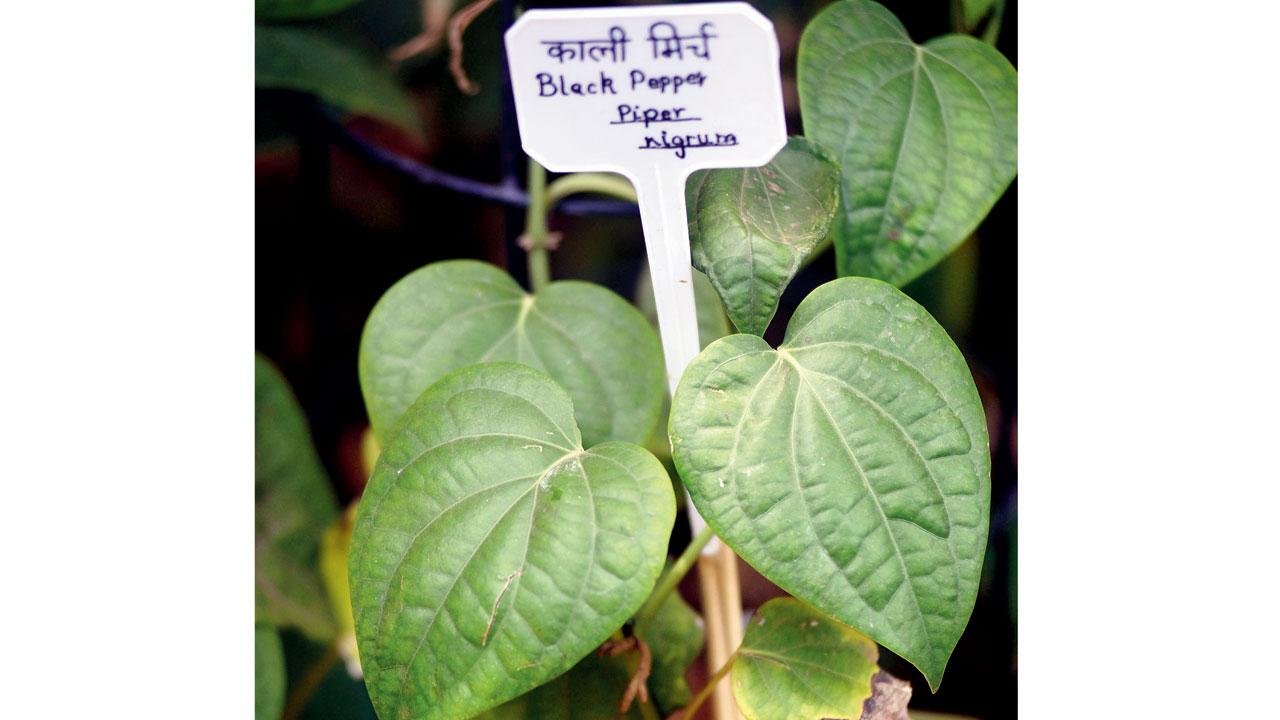
Black pepper, once considered gold, was available only in parts of South Asia. Vasco Da Gama arrived at Kerala’s shores from Portugal in search of the spice. He was soon followed by other European powers. Their quest for spices led to the eventual colonisation of India
It is divided into five sections, beginning with the historical garden, followed by the medicinal garden, vertical garden, kitchen garden, and finally, the butterfly garden.

After giving Bombay, as it was known then, to Catherine of Braganza as part of dowry for her marriage to King Charles II, the British established their own weaving mills and exported only raw cotton from India. This led to the boycott of British-made cloth by Mahatma Gandhi
“The history of plants defines how we interact today as individuals and as a community. By introducing the Vriksha Valli, we’re resetting history in the right order,” she signs off.
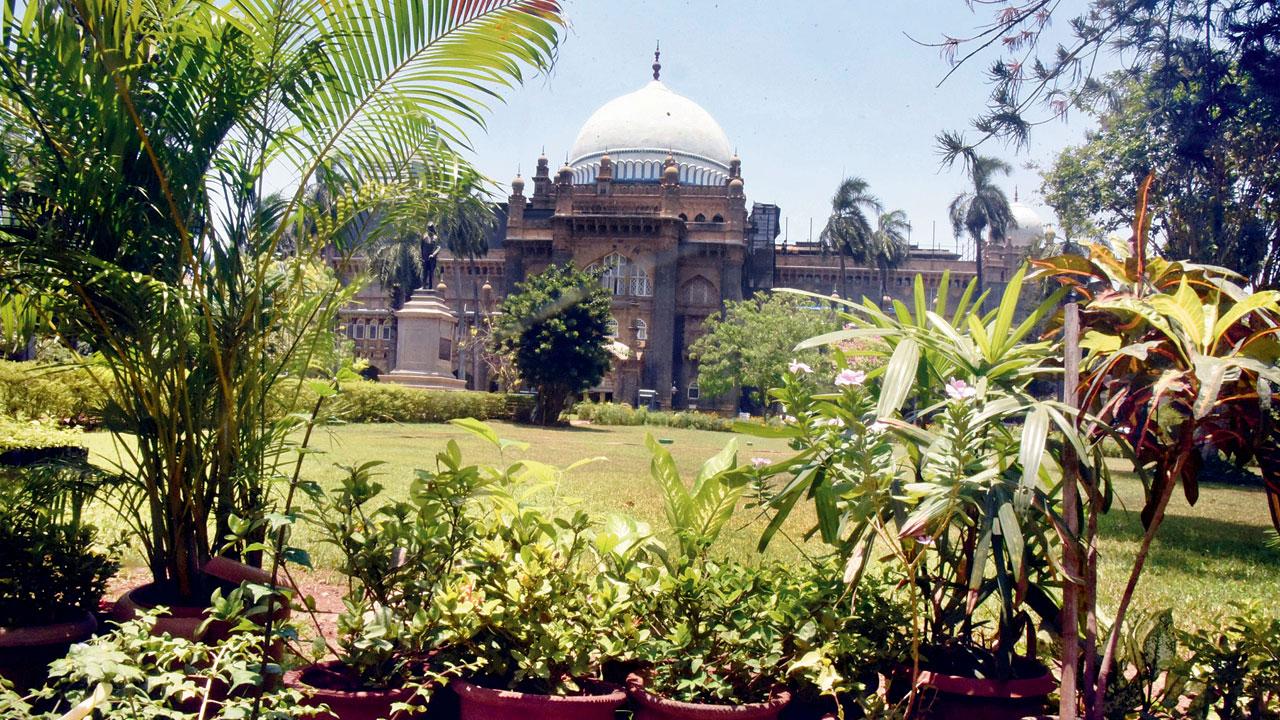
The garden is located in the foreground of the CSMVS museum building. Pics/Sameer Markande
At: CSMVS, Fort.
Time: 10.30am onwards
Entry: Rs 150 (for adults), Rs 35 (for children)
 Subscribe today by clicking the link and stay updated with the latest news!" Click here!
Subscribe today by clicking the link and stay updated with the latest news!" Click here!







